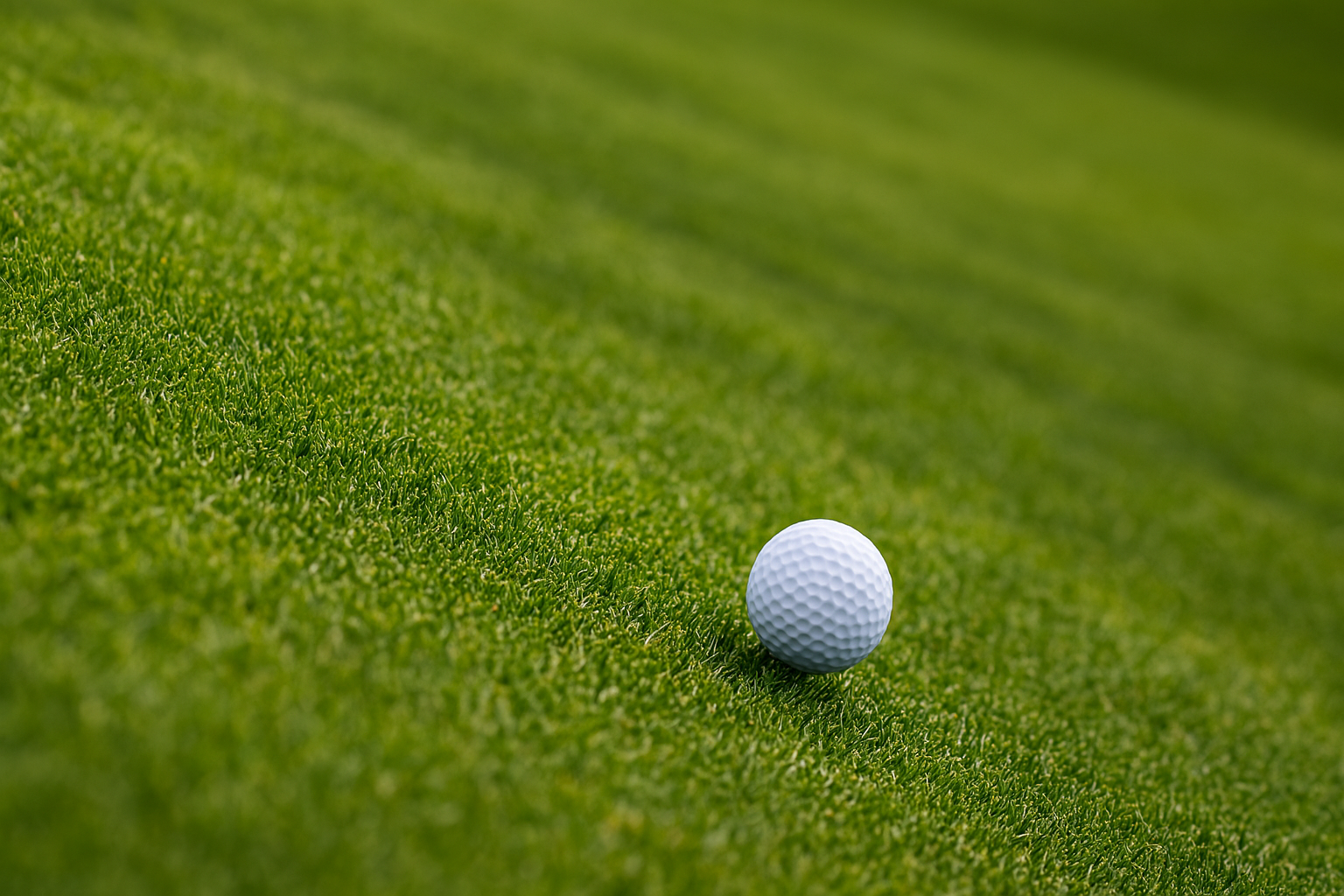Written by: Darin Green, Senior Director of Rules & Competitions
When the Rules of Golf were rewritten and modernized in 2019, one of the most significant changes involved how the Rules treat a ball at rest that then move, what causes it to move, and whether a penalty applies. A recent situation at a state championship provides a great example of how these modernized Rules are applied.
The Situation
A player’s approach shot missed the putting green and came to rest in a closely mown chipping area. The ball was positioned at the top of a steep slope that could easily have sent it rolling farther away from the green.
As the player took his backswing, the ball suddenly started to move. The player instinctively stopped his swing, and the ball rolled down the hill—now even farther from the hole. At that point, he called for a Rules Official.
The Official asked the player to explain what had happened. The player said he knew the ball was sitting precariously on the slope, so he was extremely careful not to cause it to move. He addressed the ball lightly, placing the club a little farther away than usual, and the ball remained still. However, during his backswing, the ball began to move on its own. The player stopped his swing as the ball rolled down the hill.
No one else nearby saw what happened closely enough to tell whether the player caused the movement. The Rules Official radioed the Rules Committee, and the group discussed how to proceed.
 The Rule
The Rule
Under Rule 9.2b, there are four possible reasons a ball at rest might move:
- Natural forces – wind, water, or gravity
- Player or caddie actions - for instance, pushing the grass down behind the ball causing it the ball to move
- Opponent or opponent’s caddie actions
- Outside influence – other people, animals, or objects
If it is determined that the player caused the ball to move, the player must add one penalty stroke and replace the ball.
However, the Rules also require virtual certainty—essentially 95% confidence—that the player’s actions were the cause before a penalty can be applied.
The Ruling
After discussion, the Rules Committee agreed that while it was possible the player caused the ball to move, they were not virtually certain. Therefore, under Rule 9.2b, no penalty applied, and the player was required to play the ball from its new position.
Learn More
For additional guidance on this topic, see Rules 9.2, 9.3, 9.4, 9.5, and 9.6 in the Rules of Golf.





